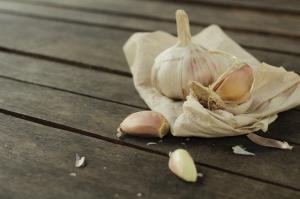Introduction
Oil spills have become a major environmental issue in recent years. These spills can have devastating effects on salt water marsh plants and the organisms that live in these ecosystems. In this article, we will explore how oil spills affect salt water marsh plants and organisms.
Impact on Salt Water Marsh Plants
The impact of oil spills on salt water marsh plants can be severe. The oil can coat the leaves, stem, and flowers of the plants, which can reduce or eliminate their ability to photosynthesize. This can lead to a reduction in plant growth and productivity. In some cases, the oil can be absorbed through the roots, which can have toxic effects on the plant's metabolism.
In addition to these direct impacts, oil spills can also have indirect effects on salt water marsh plants. The oil can alter the chemical composition of the soil, which can affect plant growth and survival. It can also lead to a reduction in the number of pollinators and seed dispersers, which can limit the reproductive success of the plants.
Impact on Organisms
The impact of oil spills on organisms in salt water marsh ecosystems can be significant. The oil can coat the feathers and fur of birds and mammals, which can lead to death due to hypothermia or an inability to fly or swim. The oil can also clog the gills of fish and other aquatic organisms, which can lead to suffocation.
In addition to these direct impacts, oil spills can also have indirect effects on the food web. The oil can kill or reduce the abundance of primary producers such as plankton, which can have a cascading effect on the rest of the ecosystem. This can impact the food supply for birds, fish, and other animals that rely on the salt water marsh for their survival.
Cleanup and Restoration
Cleanup and restoration efforts can help mitigate the impacts of oil spills on salt water marsh plants and organisms. One approach is to deploy booms and absorbent materials to contain and remove the oil from the water. Another approach is to use dispersants, which break up the oil into smaller droplets that can be more easily degraded by natural processes.
After the initial cleanup, restoration efforts can include planting salt water marsh plants to help stabilize the soil and prevent erosion. In some cases, organisms can be relocated to healthy ecosystems to help restore their populations.
Conclusion
Oil spills can have devastating effects on salt water marsh plants and organisms. The impacts can be direct or indirect, and can affect the entire ecosystem. However, with careful cleanup and restoration efforts, it is possible to mitigate the effects of these spills and help restore the health of salt water marsh ecosystems.

 how many times do yo...
how many times do yo... how many planted tre...
how many planted tre... how many pine trees ...
how many pine trees ... how many pecan trees...
how many pecan trees... how many plants comp...
how many plants comp... how many plants can ...
how many plants can ... how many plants and ...
how many plants and ... how many pepper plan...
how many pepper plan...




























